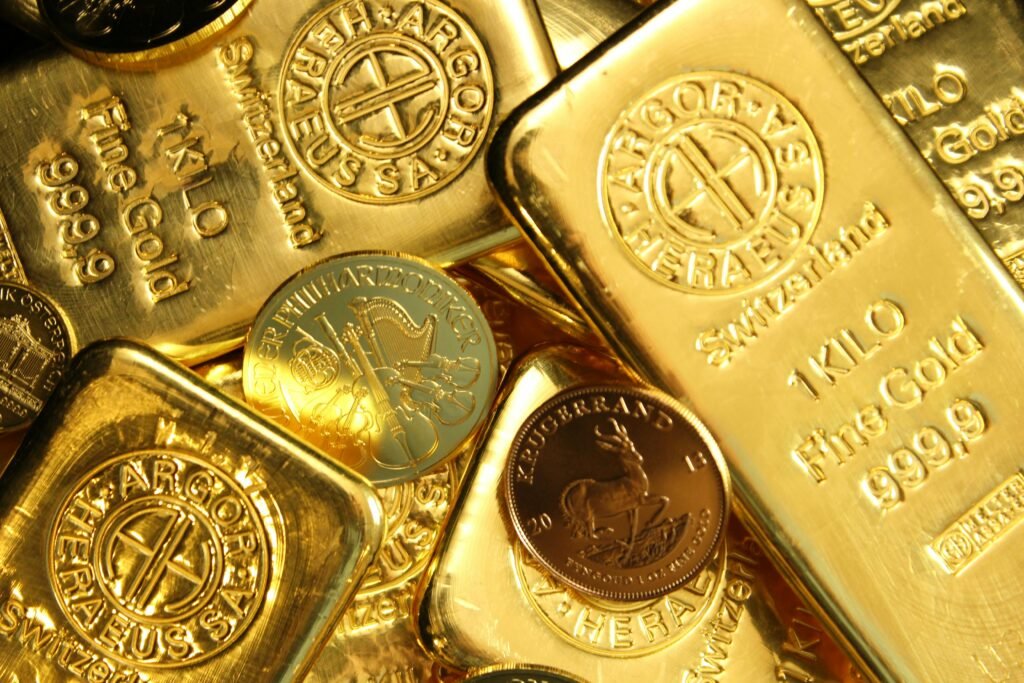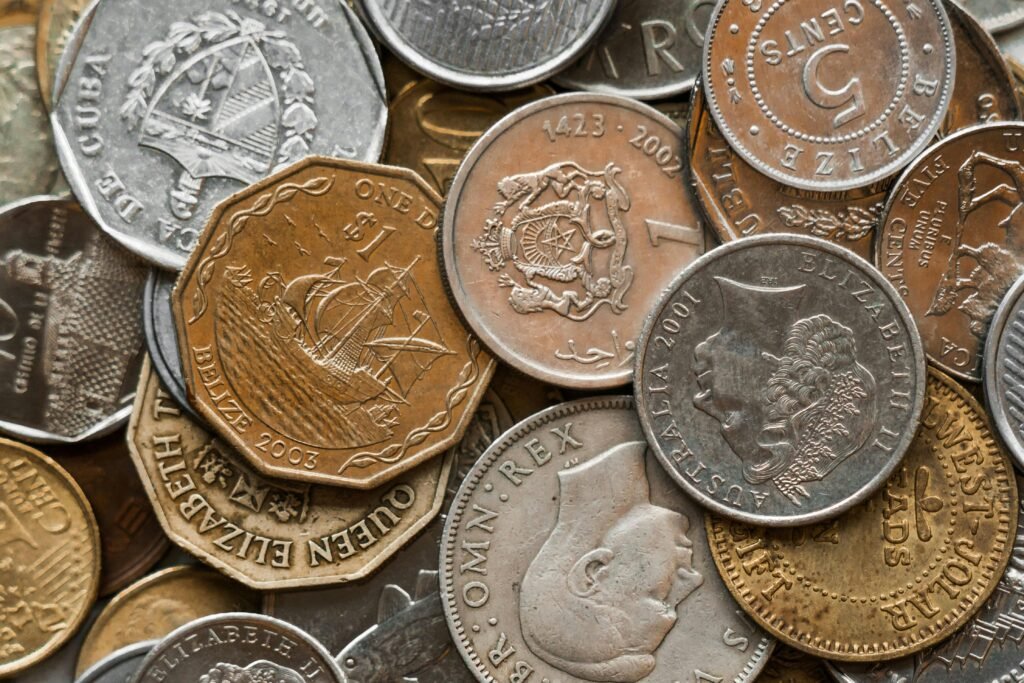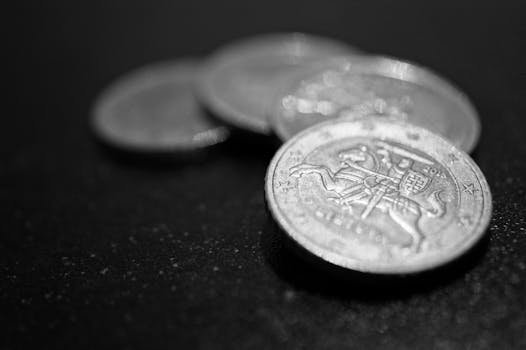Liquidity & Spread Analysis
Two gold coins can look identical in your hand—and behave nothing alike when you try to sell them. This guide breaks down bullion vs numismatic (and the “semi-numismatic” gray area) so you can choose the path that fits your goals: preserve wealth with tight spreads or speculate on rarity with more homework and risk.
Introduction: Two very different markets in precious metals
Precious-metals buyers often discover too late that they purchased coins pitched as “special” or “collectible,” only to face weeks to sell and double-digit spreads. Meanwhile, common bullion coins/bars often sell in hours at transparent prices. The difference isn’t subtle:
- Bullion is about the metal (spot price + small premium), fast liquidity, and low friction.
- Numismatic is about rarity/grade/collector demand—and you need expertise, time, and the right venue to unlock value.
If your goal is wealth preservation, hedging, or portability, bullion usually wins. If you enjoy the hobby and can underwrite rarity, numismatics can belong—but it’s a specialist game.
Definitions and distinctions
Bullion: value from metal content (spot + premium)
Modern bullion coins (e.g., American Gold Eagle, Maple Leaf, Britannia) and bars (e.g., 1 oz or 100 g .9999) price off spot with a retail premium. Dealers will quote buy and sell levels in seconds.
Numismatic: value from rarity, condition, collectibility
Older or scarce issues (graded by PCGS/NGC) derive price mostly from grade + mintage + collector demand, not melt value. The same gold content coin can trade for multiples of melt—or not sell quickly if demand is thin.
Semi-numismatic: the gray area
Marketing term for pieces with some collector premium (historic sovereigns, 20 Francs, older Eagles) but primarily metal-driven. Liquidity is usually worse than mainstream bullion and better than true numismatics, with spreads in-between.
Table — At a Glance
| Attribute | Bullion | Semi-numismatic | Numismatic |
|---|---|---|---|
| Primary value driver | Metal content | Metal + modest collectibility | Rarity/grade/collector demand |
| Typical retail premium over spot | ~3–8% (gold), 5–12% (silver) | ~5–15% (wide) | 10%–1000%+ (issue/grade dependent) |
| Typical dealer buyback vs spot | Spot −1% to +1% (product/region) | Spot −2% to −5% | Anywhere from melt to well below recent auction comps |
| Liquidity speed | Hours–1 day | 1–7 days | Days–months |
| Price transparency | High | Medium | Low/venue-specific |
(Ranges are indicative; actual markets vary by region and conditions.)
Bullion deep dive
Common bullion products (Eagles, Maple Leafs, bars)
- Gold: American Eagle (22k), Maple Leaf, Britannia, Krugerrand, Philharmonic; bars from accredited refineries (e.g., 1 oz, 50 g, 100 g).
- Silver: 1 oz government issues (Maple, Eagle, Britannia), 10 oz/100 oz bars.
Recognized pieces trade readily worldwide.
Premium structure (typically 3–8% over spot)
Premiums reflect minting, distribution, demand, and dealer margin. In stress spikes, retail premiums can rise; in calm periods, they compress.
Liquidity: high (easy to sell anywhere)
Reputable dealers provide same-day quotes and often wire next-day once metal is received/verified. Large centers (U.S., UK, EU, Singapore, HK) support very tight markets.
Price transparency
Multiple online dealers publish live buy/sell prices. You can shop spreads in minutes.
Storage and insurance simplicity
Storage costs and insurance price by weight/value, not by individual coin. Bars and common coins are easy to account for in allocated vaults and SDBs.
Numismatic deep dive
Collector pieces trade differently—check liquidity realities.
Grading systems (PCGS, NGC)
Third-party grading (slabbed coins) assign numeric grades (e.g., MS-65). The plastic holder includes a certification number you can verify online. Grade drives price dramatically.
Rarity and mintage numbers
True scarcity (low mintage + low survivors in high grade) commands premiums. Many coins marketed as “rare” are merely older or common in circulated grades.
Market dynamics (collector demand, auctions)
Prices depend on collector cycles, pedigree, and broader hobby trends. To realize high catalog values, you often need auction placement or specialist dealers.
Premium structure (10% to 1000%+ over melt)
A common gold coin in MS-65 might fetch 2–4× melt; great rarities sell for 10×–100×+ melt. The flip side: bid-ask spreads widen accordingly.
Liquidity: variable (specialist dealers, auctions)
Sales can take weeks to months. Add auction buyer’s premium (10–25%) and seller’s fees (0–15%); net proceeds often disappoint casual sellers.
Liquidity comparison
Bullion: sell within hours at competitive pricing
Walk-in or ship-in; many dealers pay near spot for top coins/bars. Settlement: same day (cash) to 1–2 business days (ACH/wire after assay).
Numismatic: days to months, specialist required
You’ll solicit multiple bids, send photos/slab certs, and often consign to an auction with a scheduled calendar.
Bid-ask spreads compared
- Bullion: Often 2–4% round-trip (buy premium vs dealer buyback) in normal conditions.
- Numismatic: Commonly 15–40% round-trip (or more), once you include auction premiums/fees.
Geographic liquidity differences
- Americas/Europe/APAC hubs: bullion is uniformly liquid.
- Numismatic liquidity concentrates in major markets with an active collector base; outside those, expect lower bids or slow sales.
Price volatility analysis
Bullion: tracks spot price closely
Your P&L mainly follows gold/silver spot. Premiums expand/contract with retail demand but tend toward a stable band over time.
Numismatic: independent price drivers
Coin prices can drift independently of gold, driven by grade census updates, new collector interest, or macro hobby cycles.
Historical volatility data (conceptual)
Expect lower idiosyncratic volatility in bullion (mostly spot-linked), and higher idiosyncratic volatility in numismatics (small, thin markets prone to jumps).
Downside risk in bear markets
When collectors step back, numismatic premiums compress—sometimes sharply—while bullion simply tracks the metal.
Investment thesis for each
Bullion: wealth preservation, hedge, simplicity
- Goal: Preserve purchasing power, tighten drawdowns, maintain fast liquidity.
- Fit: Emergency reserve, strategic hedge, portable asset for travelers.
Numismatic: potential appreciation, hobby element, expertise required
- Goal: Alpha from rarity/grade, enjoyment of collecting.
- Fit: Experienced collectors comfortable with research, venue selection, and time to exit.
Which aligns with which investor profile
- New/income-focused investors → Bullion.
- Collectors with time and expertise → Numismatic (portion of portfolio).
- Hybrid → Bullion core (80–95%) + selective numismatics (5–20%) as a hobby sleeve.
Tax treatment differences (high-level, not advice)
Grading drives prices; here’s how grading works.
Bullion: capital gains (U.S. collectibles rate)
In the U.S., physical gold/silver are treated as collectibles; long-term gains can be taxed up to 28% (state taxes extra). Timing/holding period matter.
Numismatic: same category, different basis concerns
Also collectibles in the U.S., but cost basis documentation is crucial (auction fees, restoration, etc.). Keep invoices and slab certs.
EU VAT differences
Investment gold is generally VAT-exempt; silver and many numismatic coins are subject to VAT depending on country rules. Always check local law before buying/selling across borders.
(Consult a qualified tax advisor for your jurisdiction.)
Selling scenarios compared
Scenario A — Bullion (10 × 1 oz coins)
- Get instant dealer quotes from 3 shops.
- Receive spot −0.5% to spot +0.5% (product/market).
- Funds in 1–2 business days after receipt.
Scenario B — Numismatic (graded coin, MS-65)
- Send cert numbers/photos to 3 specialists; offers vary widely.
- Consignment to auction: wait 2–8 weeks for sale date; buyer’s premium increases hammer price to buyer but seller fee reduces your net.
- Net outcome may be melt + modest premium unless the coin is genuinely scarce in grade with active demand.
Authentication and counterfeits
Protect yourself with our counterfeit checks.
Bullion: easier to verify
- Dimensions & weight (calipers/scale), specific gravity, ring/ping tests, and (for higher value) XRF or ultrasonic at a dealer.
- Buy known products from recognized mints; avoid novelty pieces with odd specs.
Numismatic: requires expertise
- Learn to verify slab certs (PCGS/NGC databases), watch for counterfeit holders, and understand cleaning/alteration risks. Buy from reputable sources with return policies.
Risk profiles
Counterfeits target popular bullion and high-value numismatics. Your defense is source quality and testing.
Storage and insurance costs
Bullion: straightforward by weight/value
Allocated vaults price at ad-valorem rates (e.g., ~0.3–0.7%/yr). Home/SDB storage needs separate insurance; riders often cap or exclude bullion unless scheduled.
Numismatic: itemized scheduling, higher premiums
Insurers may require item-by-item schedules with cert numbers and photos. Expect higher admin and insurance costs per dollar of value than bulk bullion.
Common mistakes and misconceptions
“Rare coins are always better investments” (false)
Without true scarcity, many “rare” coins won’t resell well. You’re paying a premium that may not come back.
Confusing semi-numismatic marketing
Beware language like “pre-1933,” “historic,” or “semi-numismatic” used to justify high premiums on otherwise commodity-level pieces.
Overpaying for “collectibility” that doesn’t exist
If the seller’s case is story-heavy and data-light (no grade census, no realized-price comps), assume you’re overpaying.
Liquidity & spread: side-by-side summary
| Dimension | Bullion | Numismatic |
|---|---|---|
| Time to cash | Same day–48h | Days–months (venue dependent) |
| Typical round-trip cost | Low single digits (2–6%)* | Double digits (15–40%+)* |
| Pricing source | Spot + published dealer spreads | Auction comps, dealer bid sheets, specialist networks |
| Best venue to sell | Reputable bullion dealers | Specialist dealers / auction houses |
| Who should own | Hedgers, first-timers, travelers | Experienced collectors willing to do work |
*Illustrative ranges in calm markets; stress or illiquid venues can widen spreads.
Recommendation by investor type
Beginners: bullion only
Start with recognized coins/bars you can sell any time, anywhere. Focus on minimizing premium and storage friction.
Experienced collectors: numismatic with research
If you enjoy the hunt, build expertise in one series, learn grading, study census & comps, and develop relationships with specialist dealers.
Hybrid approach for diversification
Keep a bullion core (80–95%) for liquidity/hedge. Use 5–20% in carefully chosen numismatics if you value the collecting aspect and accept the timeline.
Conclusion: Which is right for you?
Ask yourself what job you need the metal to do:
- I want fast, reliable liquidity and a hedge. → Bullion.
- I want the possibility of collector-driven upside and enjoy research. → Numismatic (small sleeve).
- I’m confused by “semi-numismatic.” → Treat it as bullion with extra markup unless you can prove real collector demand.
Action steps
- Define your goal (hedge vs hobby).
- Price check buy/sell spreads before you buy.
- If exploring numismatics, pick one narrow niche, learn the grading/census, and start tiny.
- Keep records (invoices, certs), and know your selling venue before you purchase.
FAQs (quick)
Are bullion Eagles better than bars for resale?
Often yes for small lots (1–10 oz): more buyers, familiar brand, quick quotes. Bars can shine at larger sizes with lower premiums.
Will a slab guarantee an easy sale?
A slab (PCGS/NGC) helps authenticity and grade confidence, but liquidity still depends on demand for that date/grade.
Can I get spot or better when I sell bullion?
For top coins in hot demand, some dealers pay at spot or a small premium. Usually expect slight discounts to spot (or tight premiums) depending on product and region.



